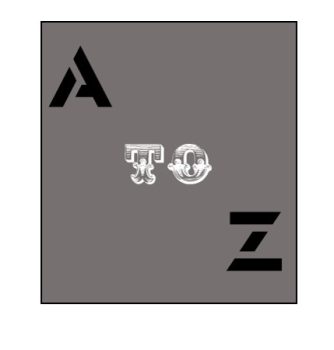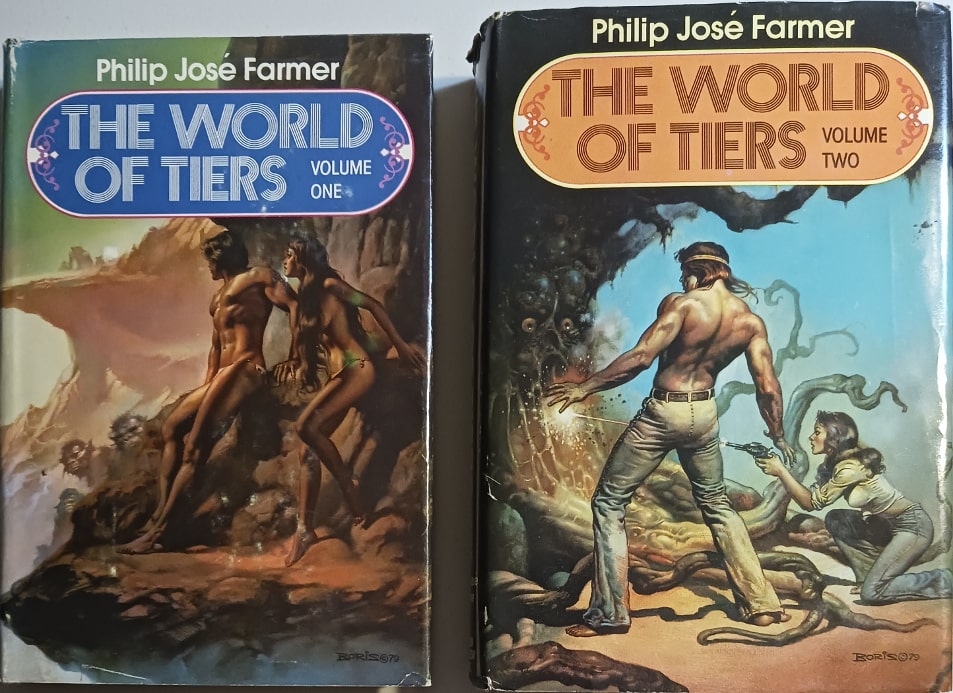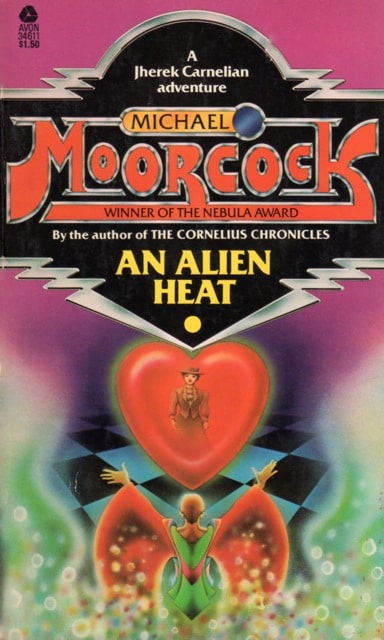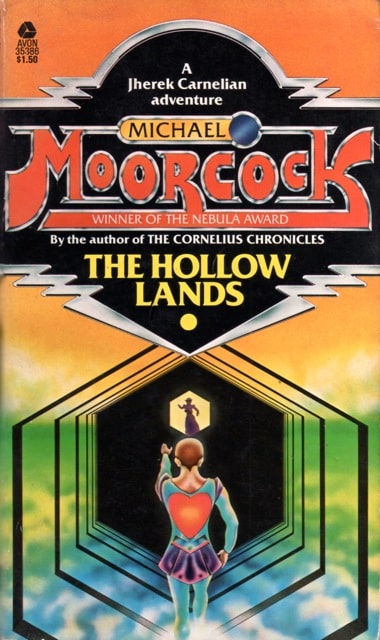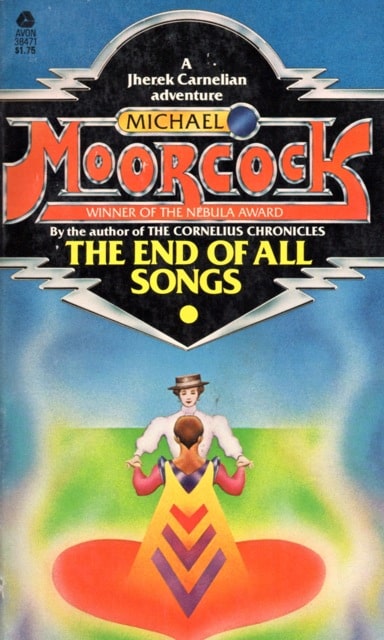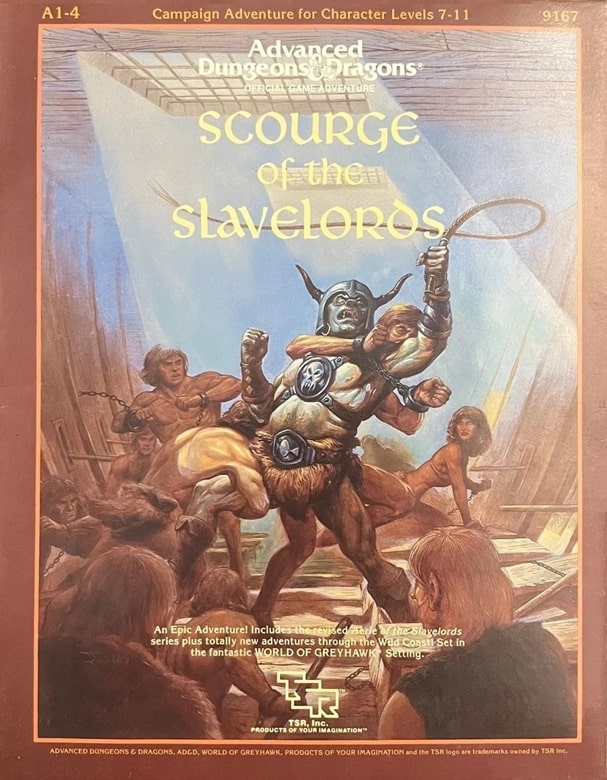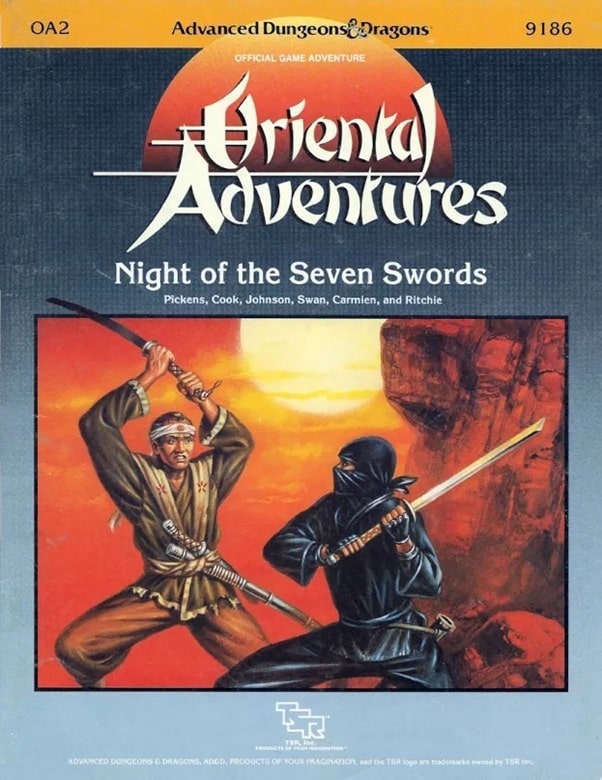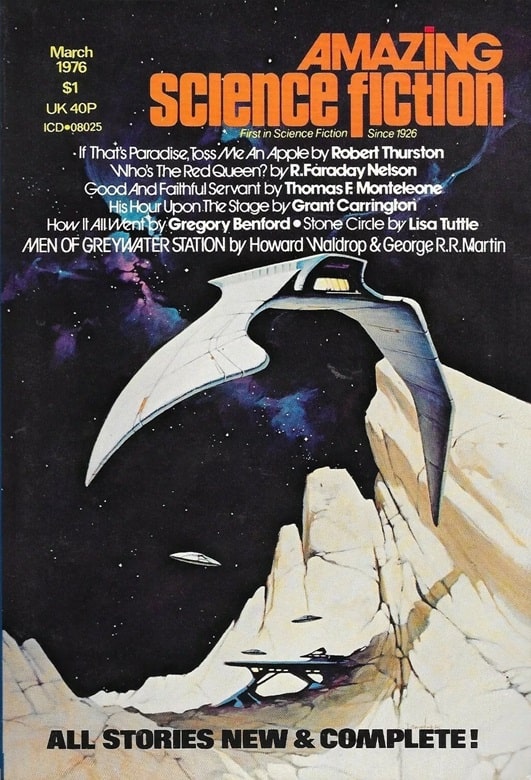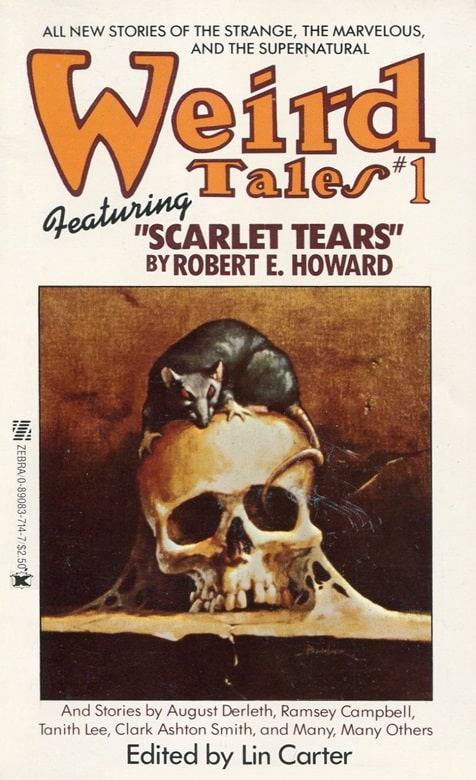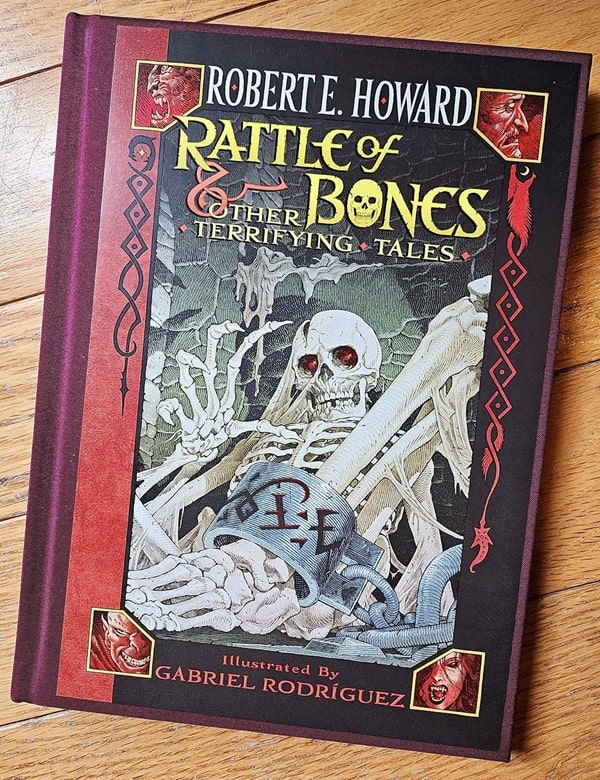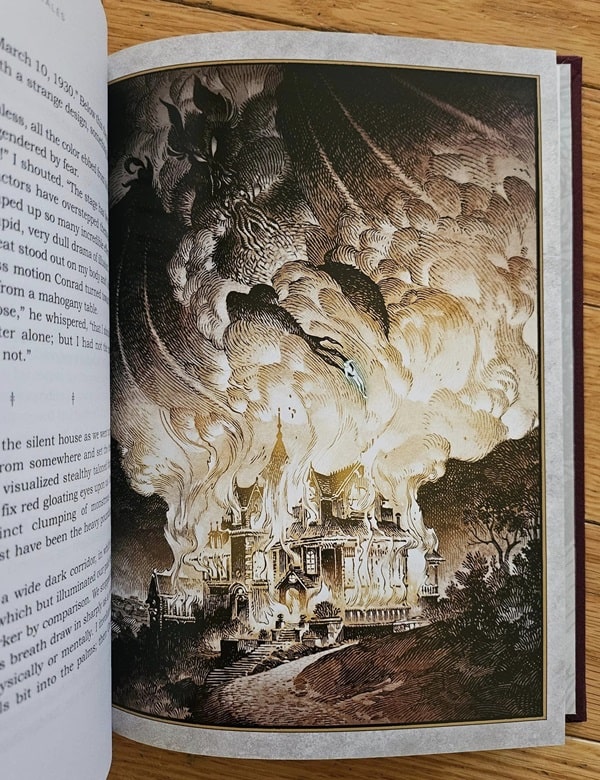A to Z Reviews: “A Sound, Like Angels Singing,” by Leonard Rysdyk
Leonard Rysdyk published a handful of short stories in the early 1990s, and has continued to self publish novels. His second short story, “A Sound Like Angels Singing,” appeared in 1993 in Ellen Datlow and Terri Windling’s anthology Snow White, Blood Red, the first volume of their six book fairy tale anthology series.
Rysdyk’s narrator is a rat who goes about its rodential business scrambling for food, having sex, fighting with other rats, and basically living a glorious rat lifestyle. They do have to avoid the dogs and cats that humans employ to attempt to kill them, but for rats, every day is pretty much like every other day. The status quo doesn’t make for a good story, and so on this particular day, something strange seems to be happening, although the narrator can’t quite place what it is.
